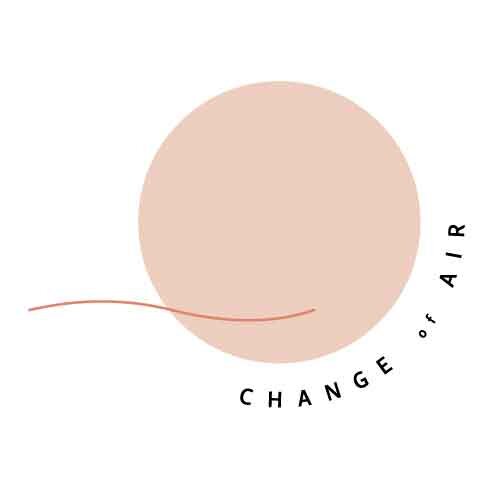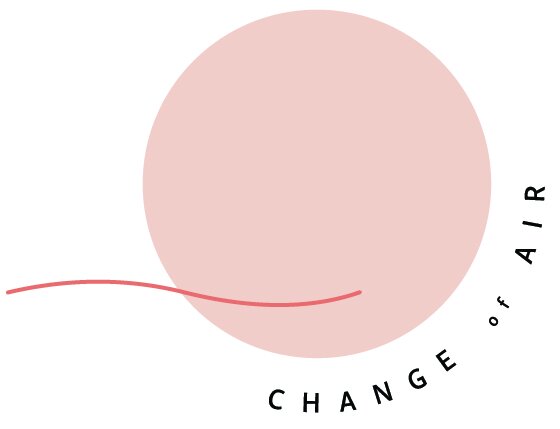The Resilient Zone
In this week’s episode, I share a powerful tool that has helped me every single time I’m triggered and so I want to share it with you.
On the very first podcast episode, I talk about how triggered I became in every day basic life activities and that’s ultimately what made me realize I had something going on with me and that I needed to delve a little deeper into my own healing.
So in a way, my own triggers and being triggered so much each day and that wrecking my day is what led me to start this journey of healing in earnest and it is what led me to create Change of Air.
So! Triggers. They can be the thread you pull to unravel the mystery of you. Truly.
In this week’s, episode, I talk all about The Resilient Zone and how we can get bumped/triggered out of that zone either high or low.
Here’s what The Resilient Zone looks like:
This is what the zone looks like when we are feeling like our best selves, showing up in the world the way we want - sometimes getting annoyed, sometimes uplifted by a happy event, but overall, in our zone and feeling good.
As I talk about in this week’s episode, we can get bumped out of this zone - either high (angry, irritated, frustrated, hyper-vigilant, etc) or how (numb, disconnected, sad, isolated, exhausted, tired, disconnected) and we can get stuck there, not knowing quite how to get back into our Resilient Zone above.
This is what those bumps high or low look like relative to The Resilient Zone:
The goal is to use tools to get back into our zone - whether we are stuck in the high zone or the low zone.
The three tools I share during the podcast to help get back into your Resilient Zone are:
Tracking - Notice the sensations in your nervous system, in your body as you are out of your zone. Is your heart beating rapidly? Are you hand shaking or sweaty? Are their tears in your eyes? What do you notice about your breath? Are you hot? Cold? And remember, if we are not at all used to paying attention to our internal sensations, this can be really uncomfortable at first. But over time, you’ll see how important and useful it is to be able to notice what is happening in your body.
Resourcing - Pick a resource (or several!) that you can rely upon and easily conjure or hold or look at that brings you peace, comfort, joy and happiness. It can be a person, place, animal, spiritual practice or object that reminds you of something lovely. For me, I have a lot of great hikes that I come back to again and again when I’m bumped out of my zone and need to get back in. Just the thought of the warmth of the sun on my skin, the sound of the sand crunching underfoot, the scratchy and bumps on the stone in Joshua Tree immediately bring me to a place of peace and calm that helps get me back into my Resilient Zone quickly. This week, we’ll be working together to share our resources together.
Grounding - Direct contact of the body with something that provides support to the body. You can ground by sitting in a chair, standing against a well, pressing your hands against a wall or even walking around. The goal with grounding is to pay attention to places where your body is connected to the support. How do your feet feel on the ground? How does your back feel against the chair? How do your hands feel pressing against the wall? Notice the sensations in your body as you do this grounding. What feels neutral? What feels pleasant? If you become aware of uncomfortable sensations as you do this, bring your attention back to the places that feel neutral or pleasant.
So - understanding The Resilient Zone, understanding if you bump out if it into a high or low zone, and then using these three techniques to get back into your Resilient Zone can be extremely helpful in our day to day lives so we need not be triggered and then stuck out of our ideal zone.
I personally find that sometimes just the tracking helps me cool down enough to get back into my zone when I’m angry. Sometimes I need both tracking and resourcing. And sometimes I need tracking, resourcing and grounding all in that order if the triggering event was big or uncovered some very old trauma.
I can't wait to talk about all of this with you in more detail this week during a live event this coming weekend. More on that shortly.
There are several others pieces and parts to the Trauma Resiliency Model I’ve been trained in and I will share those with you over time. But I wanted to be sure you have the basics so you can begin to think about your zone and use these tools to help get you back into your Resilient Zone when you’ve been bumped out.



